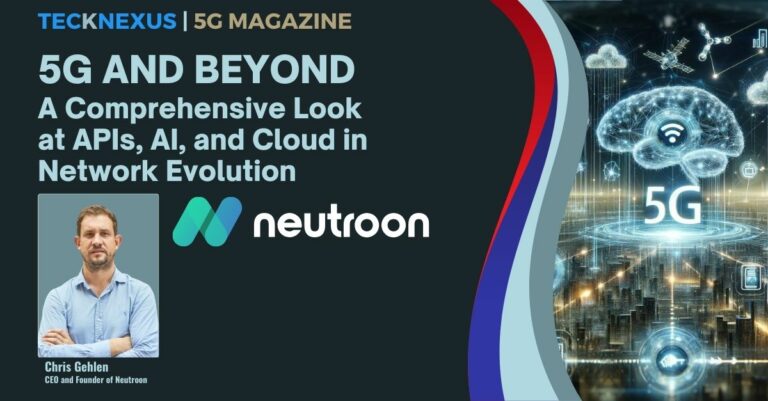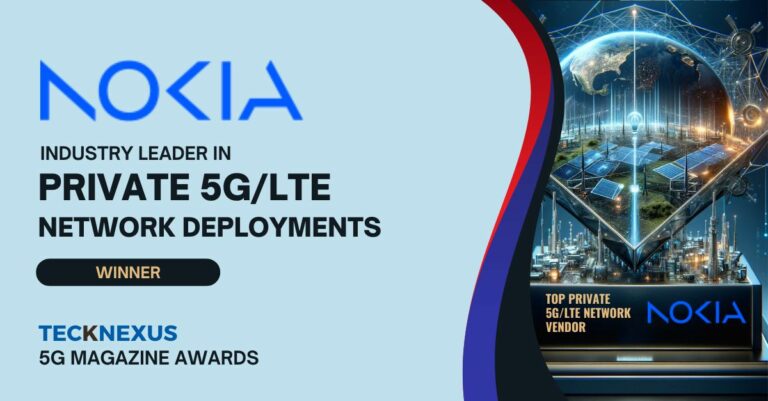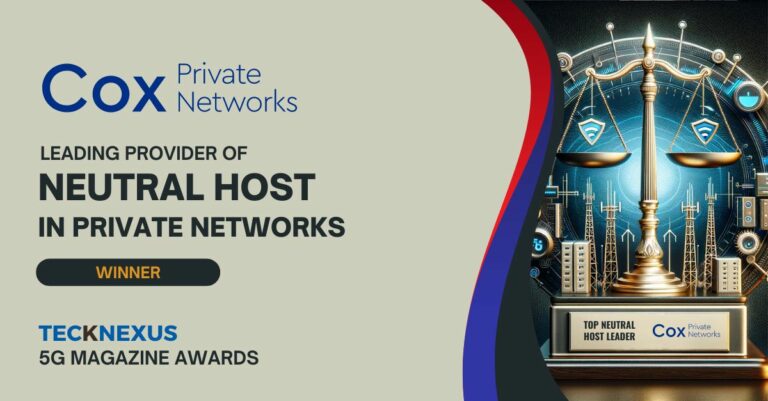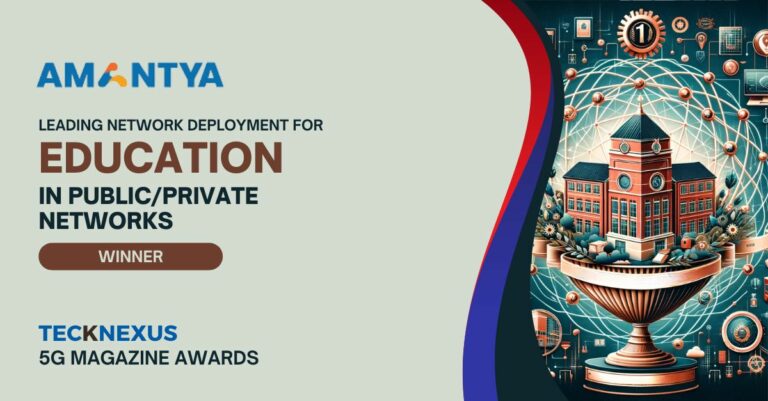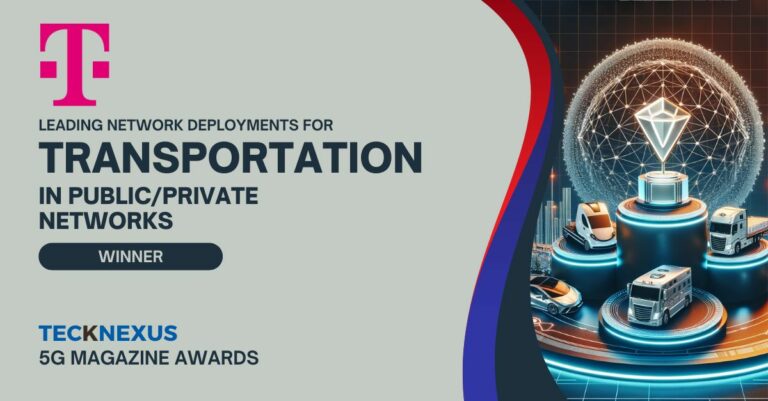The classic IP enterprise network environment had years to develop cybersecurity methodologies and standards. Tools have been structured to maximize security for the endpoints. As various security products make it difficult to exploit devices, they ultimately protect critical elements of the network due to proper segmentation. Up until now, the enterprises oversaw their own IT/OT networks, some on-prem and some on-cloud.
The addition of cellular networks to that mix, which are highly flexible in implementation possibilities, have demanded that enterprises adapt to a whole new type of security management – one that is not IP-focused, but rather cellular-focused. Meanwhile, the IoT devices that were communicating exclusively via the IT/OT have started communicating on the cellular networks. Accordingly, the need to ensure that a vulnerable IoT device will not risk the rest of the network remains the same. This risk further intensifies when devices move between networks.
Even though the cybersecurity needs of the OT/IT and the private cellular networks are very much alike, the cellular security toolkit is very different. Instead of focusing on protecting the end-users, the cellular security methodology has often revolved around the cellular core itself.
The main parties that embraced cellular technology up until recent years were MNOs, rather than enterprises, and their main needs for the technology were not the same for obvious reasons. The MNOs’ focus was on collecting billing data, preventing fraud, ensuring valid authentications, but not necessarily on preventing access to critical endpoints.
So, what should we do for a better tomorrow?
To really unlock the potential of private cellular and enable the transition to secured private LTE/5G networks, we must match the standards of the IT/OT environment. This means adopting several key OT/IT cybersecurity features such as:
Full Asset Visibility
We need to aspire to have real-time visibility to all connected devices. This includes information regarding the device type, location, vulnerabilities, activity, and inter-networks identities matching.
Context-based Segmentation
We should leverage device identification for automatic enforce of corporate NAC (Network Access Control) policy for greater security. This will allow us to segmentate and micro-segmentate the different devices and applications running in the network. This capability can only be truly achieved if we reach phenomenal understanding of our network, which is a direct result of visibility done right.
Cellular Detection and Response
We must detect anomalous behavior of devices and traffic to allow for effective response to misconfigurations and malicious behavior. Any unidentified device, abnormal protocol, or change in the pattern of traffic should be accounted for and accurately analyzed.
Zero-trust Device Connectivity
In a private cellular network, connectivity demands ownership of a SIM. Thus, a password alone is insufficient as means to get access to the network. While this improves the overall state of security, it also hinders the operational flexibility available in an IP environment – where one can connect new devices at much more ease. Zero trust authentication capabilities were designed in a way that can maintain this security standard while still enabling automatic admission of new devices.
OneLayer’s Solution
In essence, we must bridge the gap between security protocols and management in the classic IT environment and in the new enterprise cellular environment. OneLayer was built by world-class cyber security experts with deep understanding of both in cellular protocols and IoT security needs. In OneLayer, we ensure that the best IoT security toolkit is implemented in your cellular environment, so you can achieve the desired standard of security for your private network.
To achieve these targets, we integrate with all your existing security tools in the OT/IT environment and expand their policies and capabilities into the cellular domain. We believe that private cellular is a real revolution in terms of connectivity and that it will speed up Industry 4.0, maybe faster than any other technology in the market. It is now in the hands of enterprises to ensure this transition will be as swift, effective, and secure as possible. Ultimately, once the solutions do catch up, the next generation of smart enterprise networks has the potential to be even more secure.



